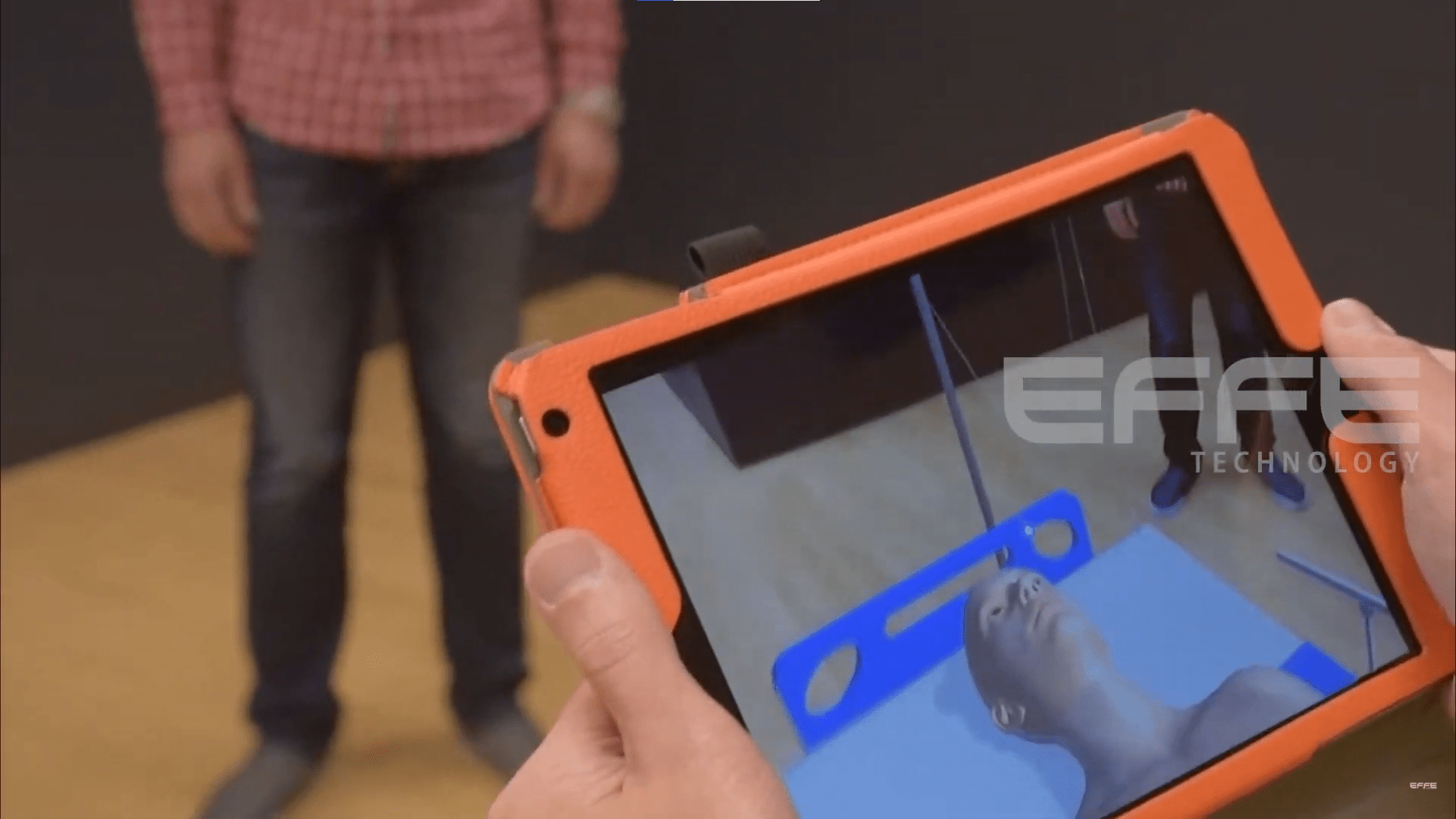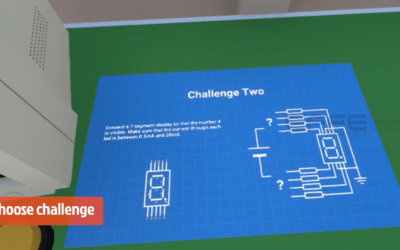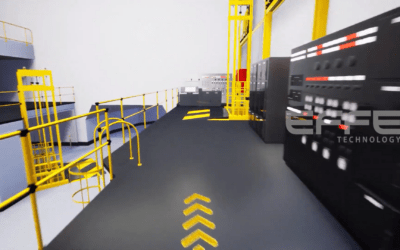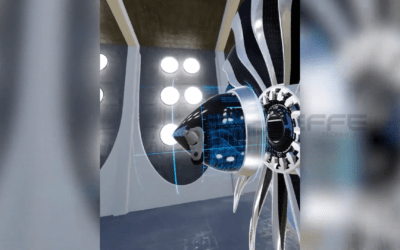Project Brief
In the healthcare industry, gaining hands-on experience is essential for mastering medical procedures. However, traditional training methods often depend on real patient interactions, which can be limited and high-risk. To bridge this gap, we developed a cutting-edge Augmented Reality (AR) solution that allows medical students and professionals to learn and practice procedures in a safe, immersive, and interactive virtual environment.
This project harnessed the power of Virtual lab in healthcare applications to simulate real-world medical scenarios. By incorporating lifelike 3D models and animations, users were able to perform complex surgeries and diagnostic procedures virtually. This ensured a risk-free, repeatable training experience without the constraints of conventional methods.
Designed for ease of use, the AR service is compatible with a range of devices, ensuring smooth integration with existing training programs across healthcare institutions.
Client Requirement
Our client, a renowned medical training institution, sought an innovative approach to revolutionize healthcare education. Their core requirements included:
- Immersive Learning Experience: A virtual platform enabling realistic 3D simulations of medical procedures for hands-on training.
- Safe, Repeatable Practice: A system that allows repeated practice of medical techniques without endangering real patients.
- Cross-Device Accessibility: A solution that supports multiple devices for flexible access and usability.
- Realistic Simulations of Medical Procedures: Accurate recreations of surgical and diagnostic processes using detailed, anatomically correct models.
- Scalability: A system that could be expanded to support various medical disciplines and user proficiency levels.
Project Planning, Strategy, and Process
Research and Analysis
We began by conducting in-depth research to identify the training needs of medical professionals and institutions. This involved evaluating the most frequently practiced procedures, such as surgeries and diagnostic exams, and analyzing the shortcomings of traditional training—like cadaver use and textbook-based learning.
From this study, we concluded that AR could significantly enhance medical education by offering interactive and engaging learning experiences tailored to modern needs.
Development of AR Medical Models
Next, we designed and built hyper-realistic 3D models using tools like Blender and Maya. These models represented a wide range of procedures with medical accuracy, including:
- Surgical Simulations: Virtual anatomical models enabling the practice of both routine and complex surgeries.
- Diagnostic Simulations: Tools that allowed virtual performance of diagnostics like physical exams and imaging techniques.
All models were crafted based on professional medical references and feedback, and optimized for seamless integration into AR environments.
Augmented Reality in Healthcare
Building the Augmented Reality in Healthcare Platform
We developed a user-centric Virtual lab in healthcare platform focused on interactive and effective learning. Key functionalities included:
- Interactive Learning: Users could manipulate and engage with models to simulate actual procedures, such as making incisions and stitching.
- Real-Time Feedback: The system provided immediate input on user actions to enhance accuracy and learning.
- Multisensory Engagement: The inclusion of sensory features replicated the tactile experience of real-life procedures.
- Progress Tracking: Built-in tools allowed learners and instructors to monitor skill development over time.
The platform supported AR glasses, smartphones, and tablets to maximize reach and usability.
Testing and Validation
Before deployment, we carried out rigorous testing to validate effectiveness and reliability:
- Clinical Trials: Partnering with healthcare experts to test the solution in real-world clinical scenarios.
- Usability Testing: Engaging students and instructors to assess user-friendliness and satisfaction.
- Performance Testing: Verifying smooth operation across various devices with high performance and low latency.
User feedback was instrumental in refining the platform to ensure it met training objectives.

Integration and Implementation
We ensured a smooth rollout by providing comprehensive implementation support:
- Instructor Training: Equipping educators with the tools and knowledge to use the platform alongside existing teaching techniques.
- Content Customization: Tailoring the solution to match institution-specific procedures and learning goals.
- Seamless Integration: Ensuring compatibility with current training infrastructure and educational platforms.
Ongoing technical and instructional support was also offered post-deployment.
Launch and Promotion
The Virtual lab in healthcare platform was launched with a focused promotional strategy to encourage adoption and visibility:
- Workshops and Demos: Hands-on sessions for institutions and staff to experience the technology firsthand.
- Case Studies and Testimonials: Showcasing results and feedback from early adopters to highlight value.
- Industry Events: Participating in conferences and expos to connect with a broader healthcare and tech audience.
Continuous Improvement
Following the successful launch, we implemented a feedback loop for continuous enhancement:
- Adding New Procedures: Regularly expanding the procedure library across various specialties.
- User Interface Improvements: Streamlining navigation and interactions based on user suggestions.
- Regular Updates: Keeping the platform up-to-date with the latest AR advancements and device compatibility.
Deliverables and Client Benefits
Deliverables
- A fully operational Augmented Reality platform tailored for medical education.
- A comprehensive catalog of AR simulations covering a wide range of medical procedures.
- Customizable training modules aligned with specific specialties.
- Training manuals and continuous technical support for educators and learners.
Client Benefits
- Enhanced Training: Enabled safe and effective skill development in a virtual environment.
- Increased Engagement: Created a more interactive and memorable learning experience.
- Better Preparedness: Boosted trainee confidence and readiness for real-life procedures through repetition.
- Cost Savings: Reduced reliance on physical models, cadavers, and other high-cost resources.




